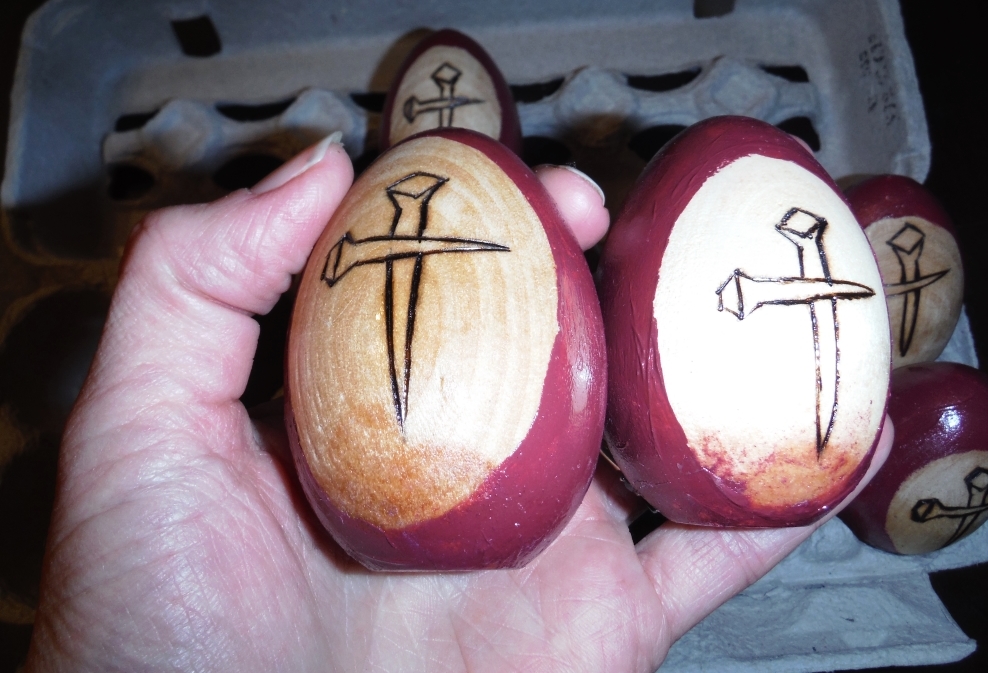
The Easter Bunny brings back great childhood memories. As adults, we enjoy watching our children and grandchildren enjoying the same traditions that we enjoyed as kids.
It’s a known fact that the egg-laying Easter Bunny goes hand in hand with Easter Sunday. Every year, eager children rush to their Easter baskets to see what kinds of treats the furry, mythical creature left behind.
But, just like Santa Claus and Christmas, the mysterious hare has no obvious connections to the Christian significance of this holy day. So, what are the Easter bunny’s origins, and why has it become such a prevalent symbol? Where did it all begin?
The History of the Easter Bunny

The Easter Bunny is without a doubt a figure from ancient folklore.
One theory of the origins is that it stemmed from early pagan celebrations around the vernal equinox. Pagans celebrated the springtime renewal of life as well as the goddess of dawn and fertility, Eostre, who was often represented by the hare or an egg.

As Christianity spread throughout Europe, the celebrations around the vernal equinox may have merged with the observance of Christ’s resurrection, since they both occurred around the same time.
*****

Originating among German Lutherans in more modern times, the earliest evidence of the Easter Bunny dates back to the 1600s when the “Easter Hare” originally played the role of a judge, evaluating whether children were good at the start of the Easter season. In legend, the creature carries colored eggs in his basket, candy, and sometimes also toys to the homes of children. (Sounds a lot like Saint Nick, aka Santa Claus, as they both bring gifts to children on the night before their respective holidays!)

The hare was a popular motif in medieval church art. According to Wikipedia, the idea that a hare could reproduce without loss of virginity led to an association with the Virgin Mary, with hares sometimes occurring in illuminated manuscripts and Northern European paintings of the Virgin and Christ Child. It may also have been associated with the Holy Trinity.
The idea of an egg-giving hare came to the U.S. in the 18th century. Protestant German immigrants in the Pennsylvania Dutch area told their children about the “Osterhase.” (Hase means hare.)
Regardless of the origins, the Easter Bunny is most definitely a symbol of Easter.
What about the eggs?
Eggs have often been used in history as fertility symbols. Eggs became a symbol in Christianity associated with rebirth as early as the 1st century AD.

They became associated with Easter specifically in medieval Europe when eating them was prohibited during the fast of Lent. At that time, a common practice in England was for children to go door-to-door begging for eggs on the Saturday before Lent began. People handed out eggs as special treats for children prior to their fast.
As a special dish, eggs would have been decorated as part of the Easter celebrations.

Later, German Protestants retained the custom of eating colored eggs for Easter, though they did not continue the tradition of fasting. Eggs boiled with certain flowers changed their color, bringing spring into the homes. Over the years, people added the tradition of decorating the colorful eggs.
Many Christians of the Eastern Orthodox Church to this day typically dye their Easter eggs red, the color of blood, in recognition of the blood of the sacrificed Christ (and, of the renewal of life in springtime). Some also use the color green, in honor of the new foliage emerging after the long-dead time of winter.
Happy Easter from SuEllen’s Floral Company!


